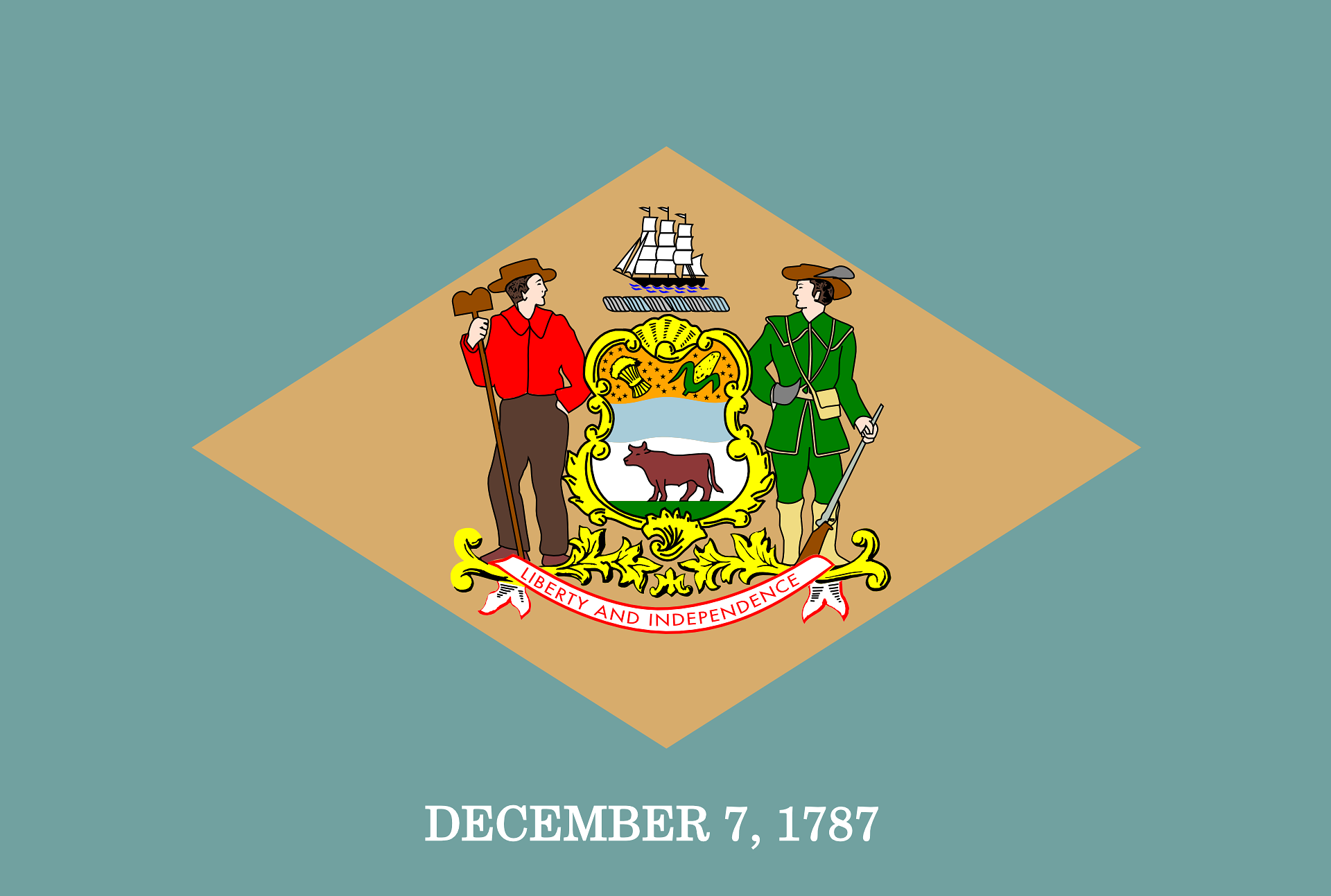Welcome to the historical tapestry of Sussex County, Delaware, a region steeped in centuries of captivating narratives and cultural evolution. Nestled in the southern part of the state, Sussex County boasts a history that spans back to the early days of America.
Early Beginnings and Settlements
Sussex County’s history can be traced back to the early 1600s when European settlers, primarily from England and the Netherlands, arrived on these shores. These early settlers were captivated by the vast and fertile lands. The pristine landscapes showcased a promise of prosperity and the potential to cultivate thriving communities.
As settlement grew, the need for organization became evident, leading to the establishment of Sussex County as one of Delaware’s original three counties in 1683. The name “Sussex” is believed to be a nod to the historic county of Sussex in England, echoing the cultural ties of the early settlers.
Economic Development and Agriculture
The history of Sussex County is intertwined with agriculture, which has remained a cornerstone of its economy for centuries. The county’s expansive lands have been a fertile ground for various crops, ranging from corn and wheat to poultry and seafood.
As the agricultural industry flourished, Sussex County’s role as a major supplier of agricultural products expanded. Today, it stands as a significant contributor not only to the state’s economy but also to the nation’s.
A Glimpse into the Civil War Era
During the American Civil War (1861-1865), Sussex County played a notable role in supporting the Union cause. While the county’s focus remained on agriculture, it also contributed troops and resources to the Union Army. This period marked a transformative time in the nation’s history, leaving an indelible mark on Sussex County.
Land Records and Growth
The evolution of Sussex County can be witnessed through its land records. These records reflect the growth and transformation of the land, illustrating the shift from agricultural-focused communities to vibrant residential and commercial areas.
Interested individuals, even today, can explore Sussex County land records to understand the changing landscapes and ownership patterns that have shaped the county over time. It’s like peering into the past, understanding the footsteps that paved the way to the present.
Modern Sussex County: Economy and Community
In the present era, Sussex County has evolved into a diverse and thriving community. The economy has expanded beyond agriculture to encompass a variety of industries, including tourism, healthcare, and manufacturing. The county offers a multitude of jobs in Sussex County, Delaware, attracting residents and visitors alike.
Moreover, the real estate market is vibrant, with land for sale in Sussex County, Delaware drawing interest from those seeking to become part of this remarkable county.
Mapping the Past and the Future
The history of Sussex County, Delaware, is not confined to words and tales alone. It’s etched in the very land, the buildings, and the people. Exploring Sussex County Delaware maps is like unfolding a treasure trove of stories. Each road, each town, and each river has a story to tell – a story of struggle, triumph, and evolution.
As you wander through the map of Sussex County, Delaware, remember that you are not merely navigating the roads but journeying through time, exploring the echoes of a fascinating past that has shaped the present and will undoubtedly influence the future.
A Glimpse into the Cultural Heritage
Sussex County, Delaware, is not only defined by its economic pursuits but also by its cultural heritage. The vibrant traditions of the Native American Nanticoke tribe, the enduring influence of European settlers, and the unique Gullah Geechee culture have all left indelible marks on the county’s identity.
The Native American Nanticoke tribe has a rich heritage in Sussex County, with a culture deeply rooted in the land and its resources. Their traditions, storytelling, and craftsmanship reflect a profound connection to nature and community. The tribe’s influence can still be felt and appreciated in various cultural events and heritage sites throughout the county.
The legacy of European settlers, primarily English and Dutch, can be seen in the architecture, traditions, and names of towns within Sussex County. The county’s landscape is adorned with historic buildings, some dating back to the 17th century, providing a glimpse into the past and the people who shaped it.
In addition to these influences, the Gullah Geechee culture has also played a significant role in Sussex County’s cultural tapestry. Originating from West African roots, this unique culture is a fusion of African, European, and indigenous influences. It is most notably celebrated through food, music, language, and storytelling.
Embracing a Diverse Future
As Sussex County continues to evolve, it embraces its diverse history and the legacy of the various cultures that have made their mark. Today, the county stands as a symbol of cultural amalgamation, welcoming people from different backgrounds and traditions.
The history of Sussex County, Delaware, is an ever-evolving narrative, with each generation contributing to the tapestry of its story. It is a story of growth, resilience, and unity, a story that will continue to unfold as the county ventures into a promising future.

